Creating a beautiful and functional patio is all about choosing the right materials for your space. With so many options available, selecting the perfect material for your patio can be overwhelming. This guide will help you navigate the pros and cons of popular patio materials, as well as offer design ideas to make the most of your outdoor space.

Popular Patio Material Options
- Concrete:
- Pros: Durable, cost-effective, and versatile in design. Concrete can be stamped, stained, or textured to mimic other materials like stone or brick.
- Cons: Prone to cracking over time, especially in Texas’ hot climate.
- Flagstone:
- Pros: Natural and visually appealing, flagstone creates an elegant look. It is slip-resistant and works well in both modern and rustic designs.
- Cons: More expensive and requires professional installation due to its irregular shapes.
- Gravel:
- Pros: Affordable and easy to install. Gravel patios allow for excellent drainage and have a relaxed, casual feel.
- Cons: Gravel can shift and needs regular maintenance to keep the surface even.
- Brick:
- Pros: Classic and timeless, brick patios offer a warm, traditional look. Bricks are durable and can be arranged in various patterns for unique designs.
- Cons: More costly than concrete, and weeds can grow between the bricks if not properly maintained.
- Pavers:
- Pros: Available in various colors and styles, pavers are versatile and easy to replace if damaged. They offer a clean, uniform look.
- Cons: Pavers can be expensive, depending on the material, and may shift over time without proper installation.
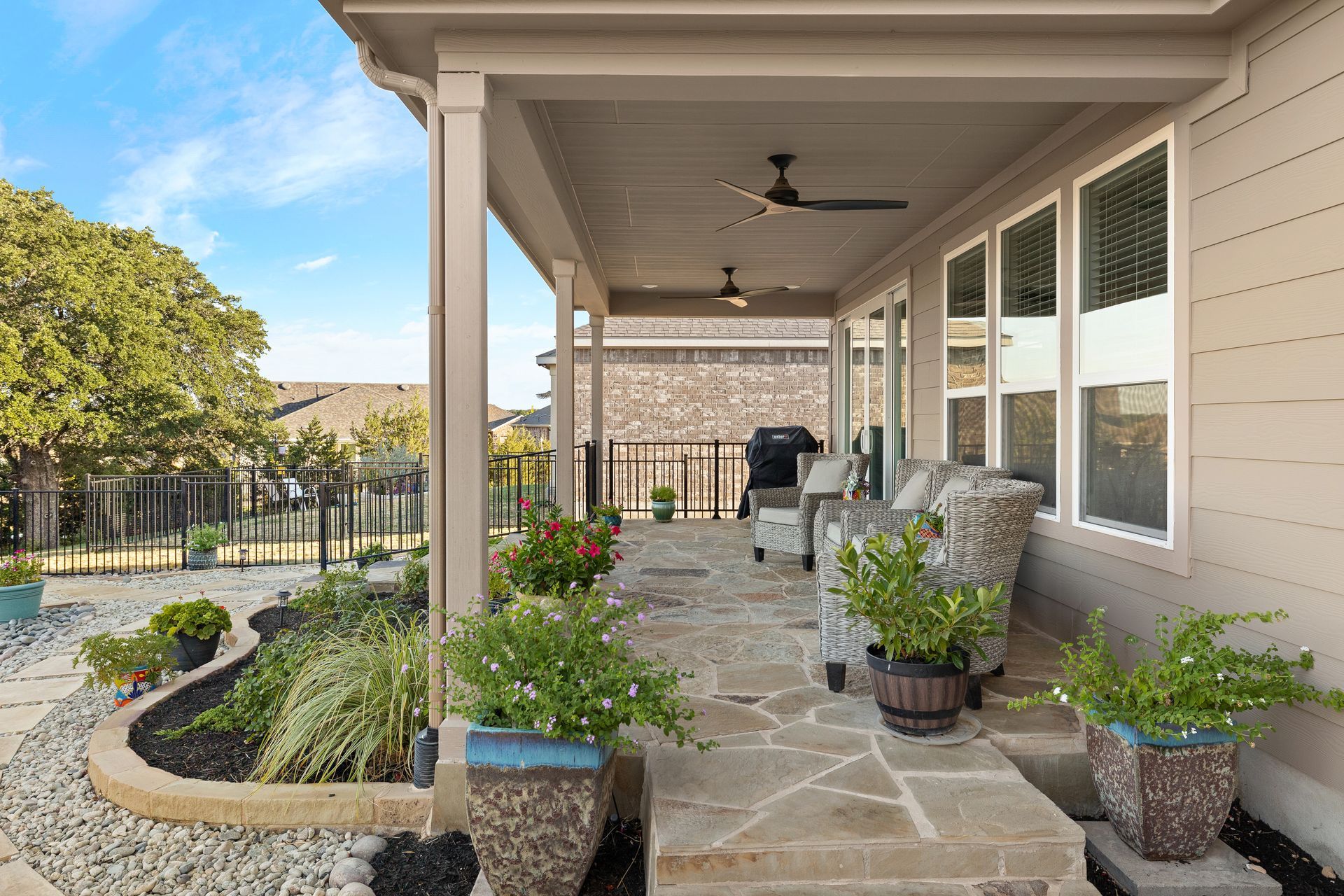
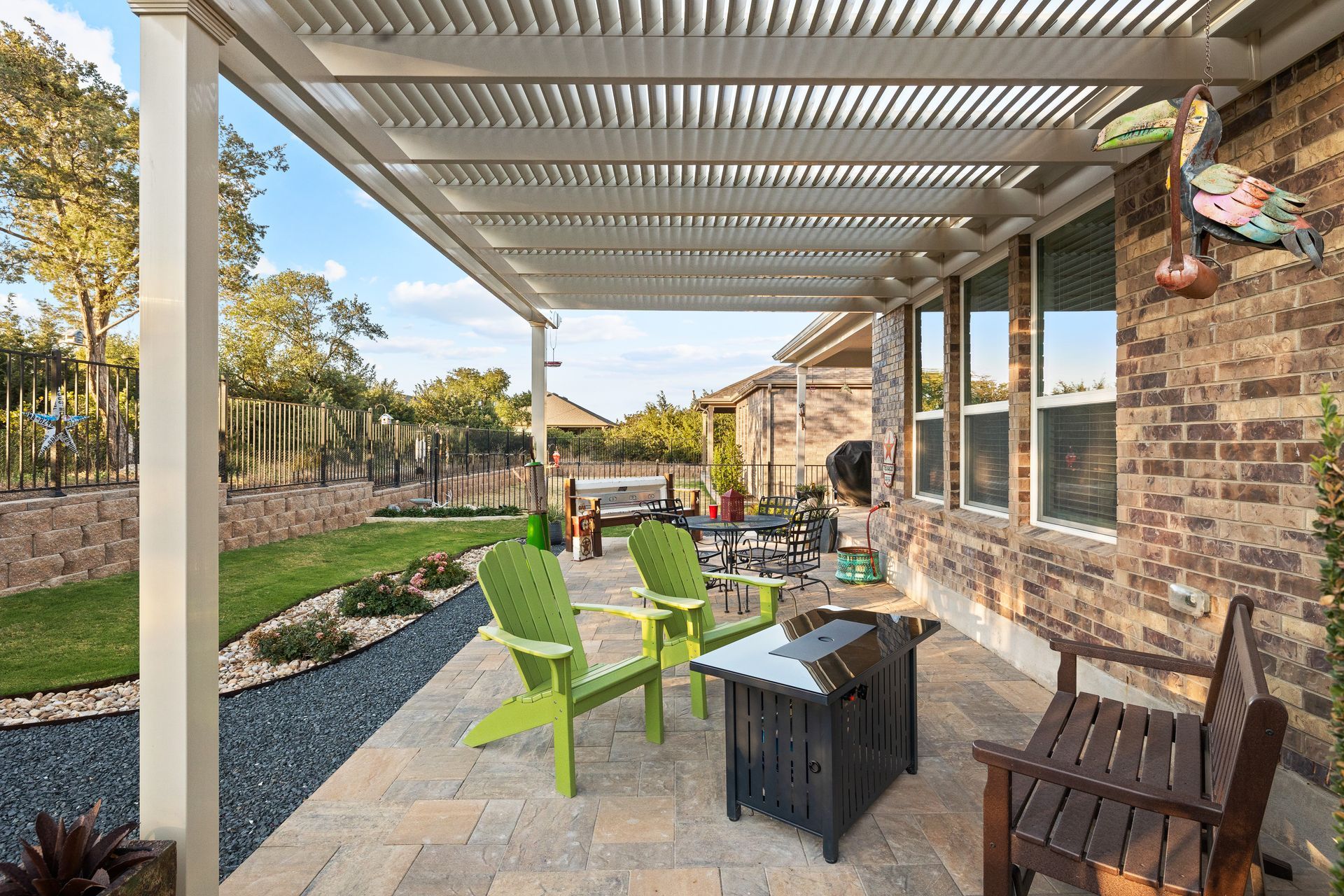
Design Ideas
- Mix and Match Materials: For a unique look, combine materials like flagstone and gravel to create defined spaces or pathways within your patio area.
- Color Choices: Choose materials in neutral tones that blend with your home’s exterior, or opt for bold colors to create contrast and visual interest.
By understanding the pros and cons of each material and considering your personal style, you can create a patio that is both functional and visually stunning.
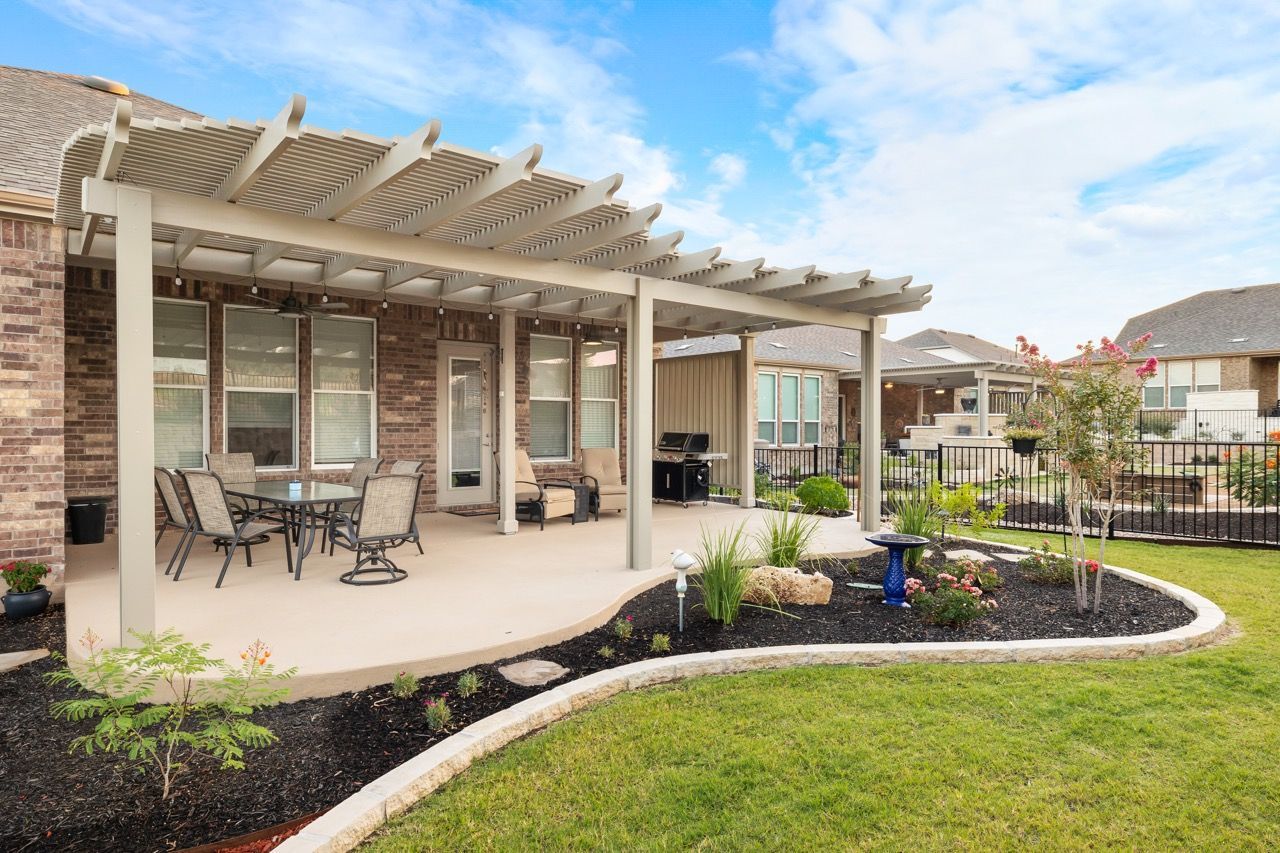
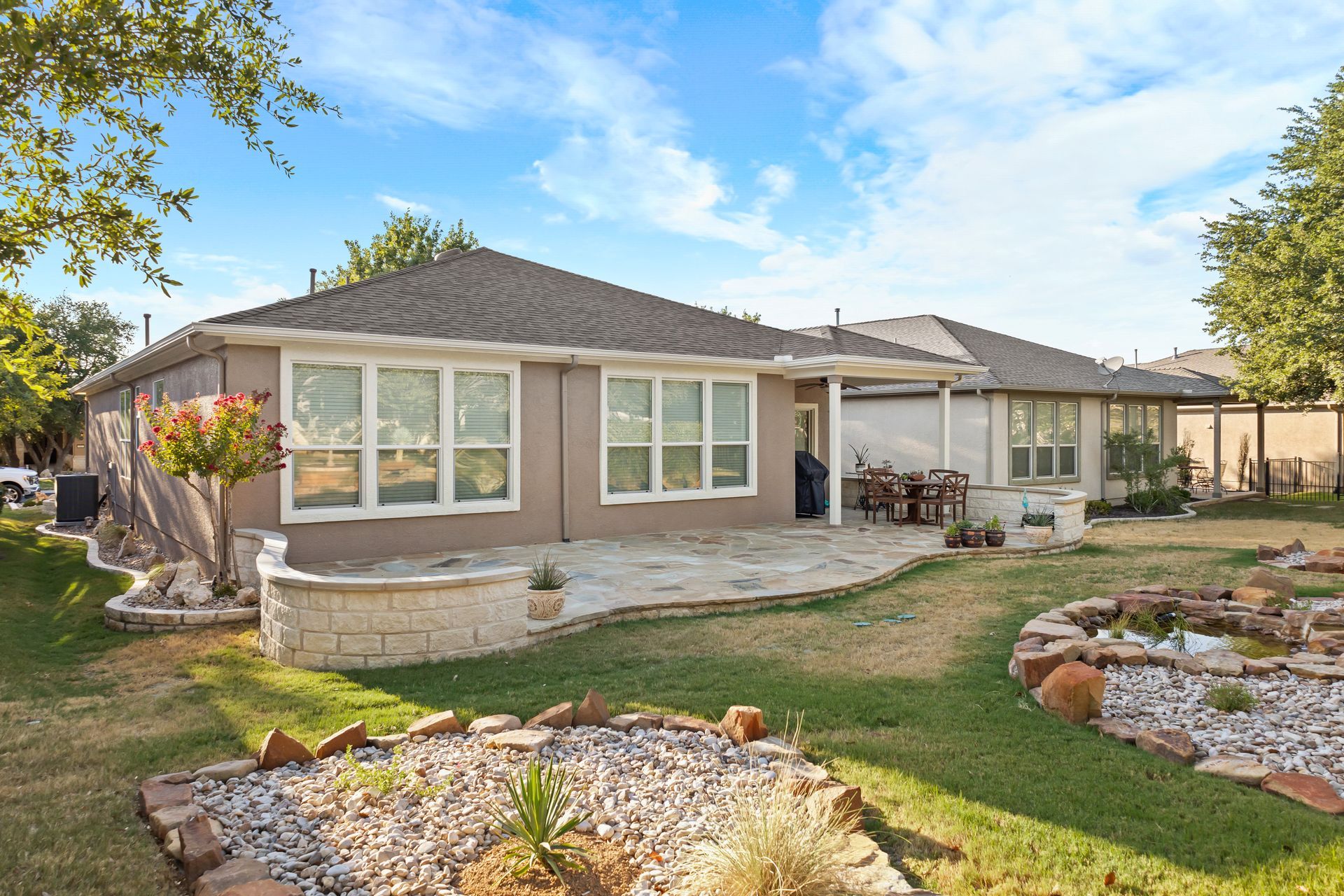
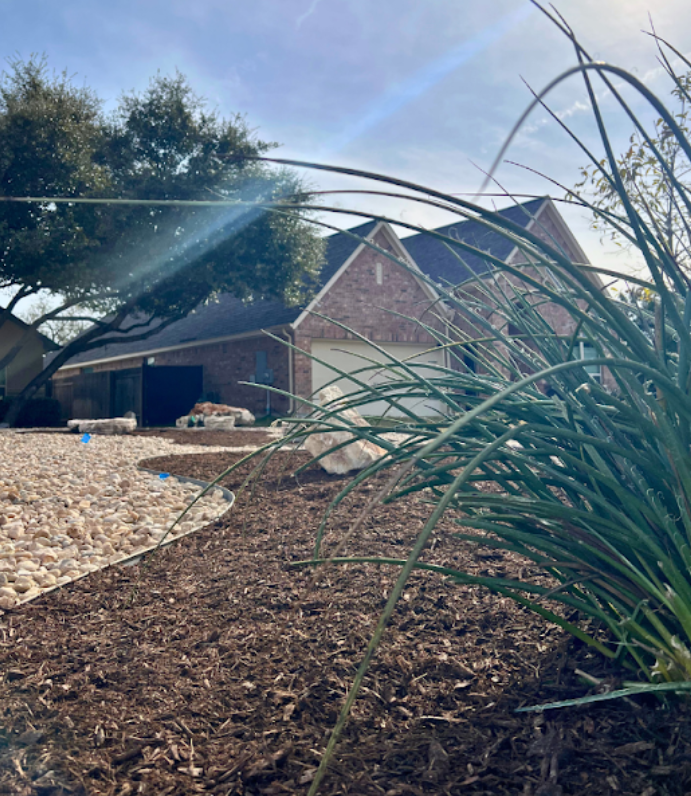
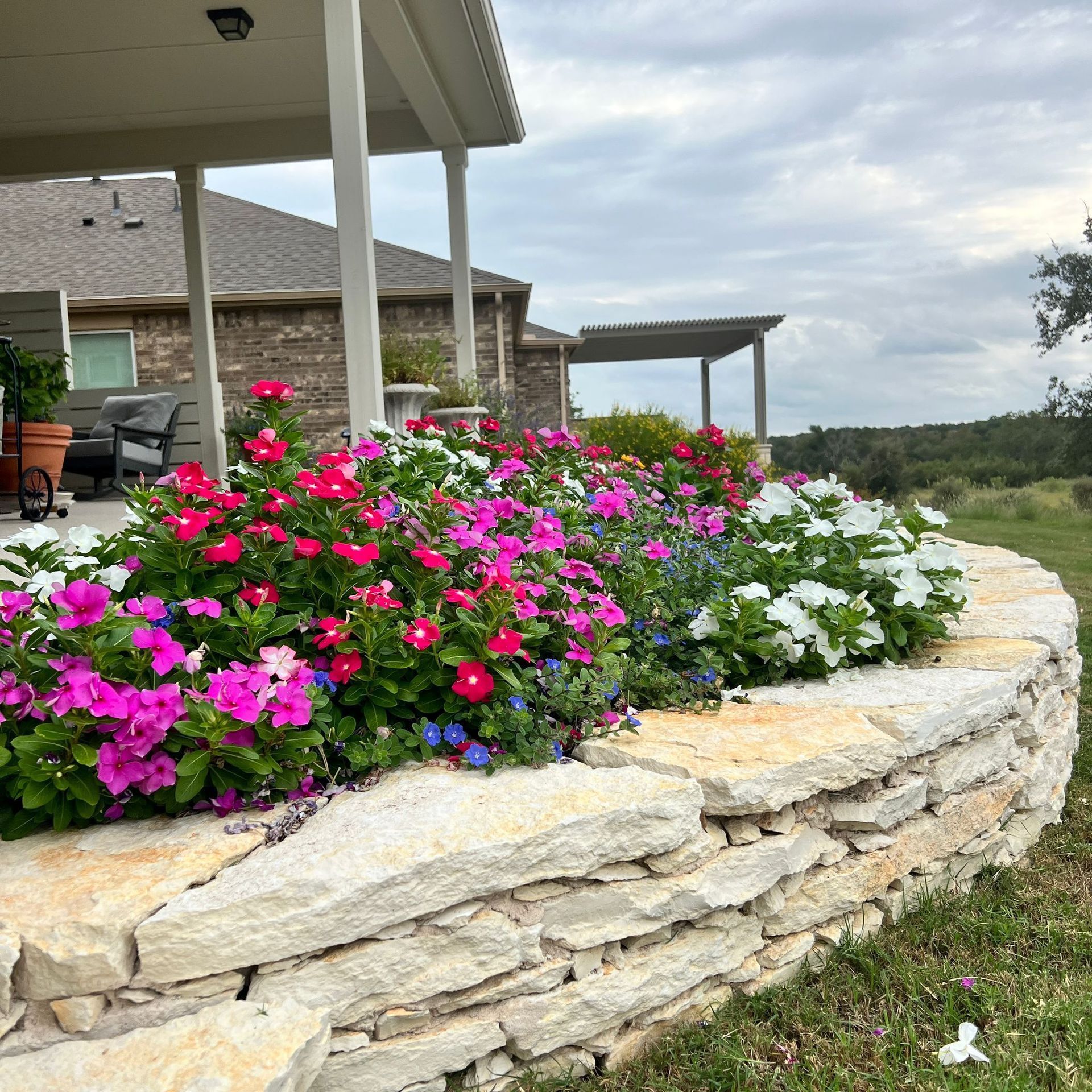
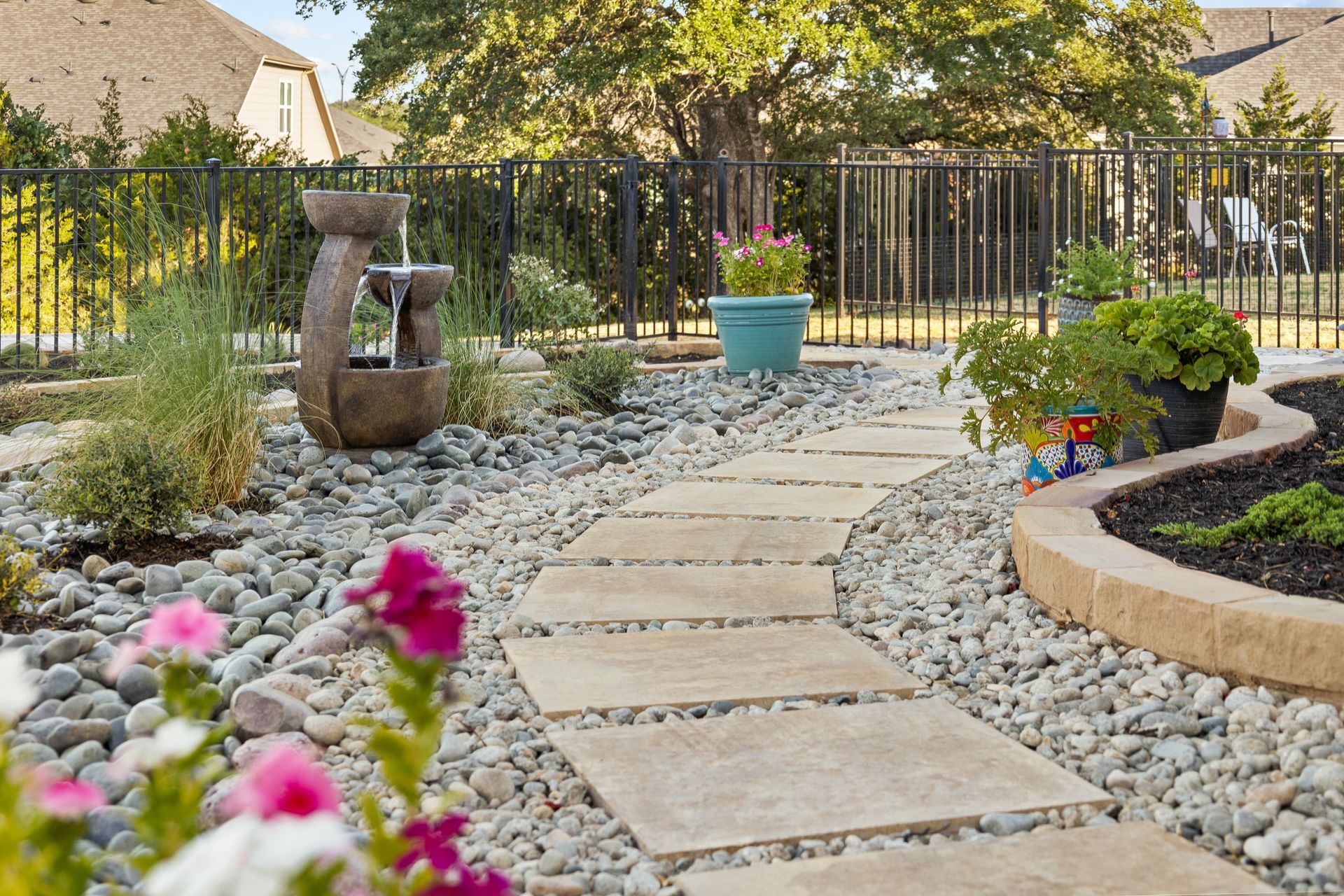
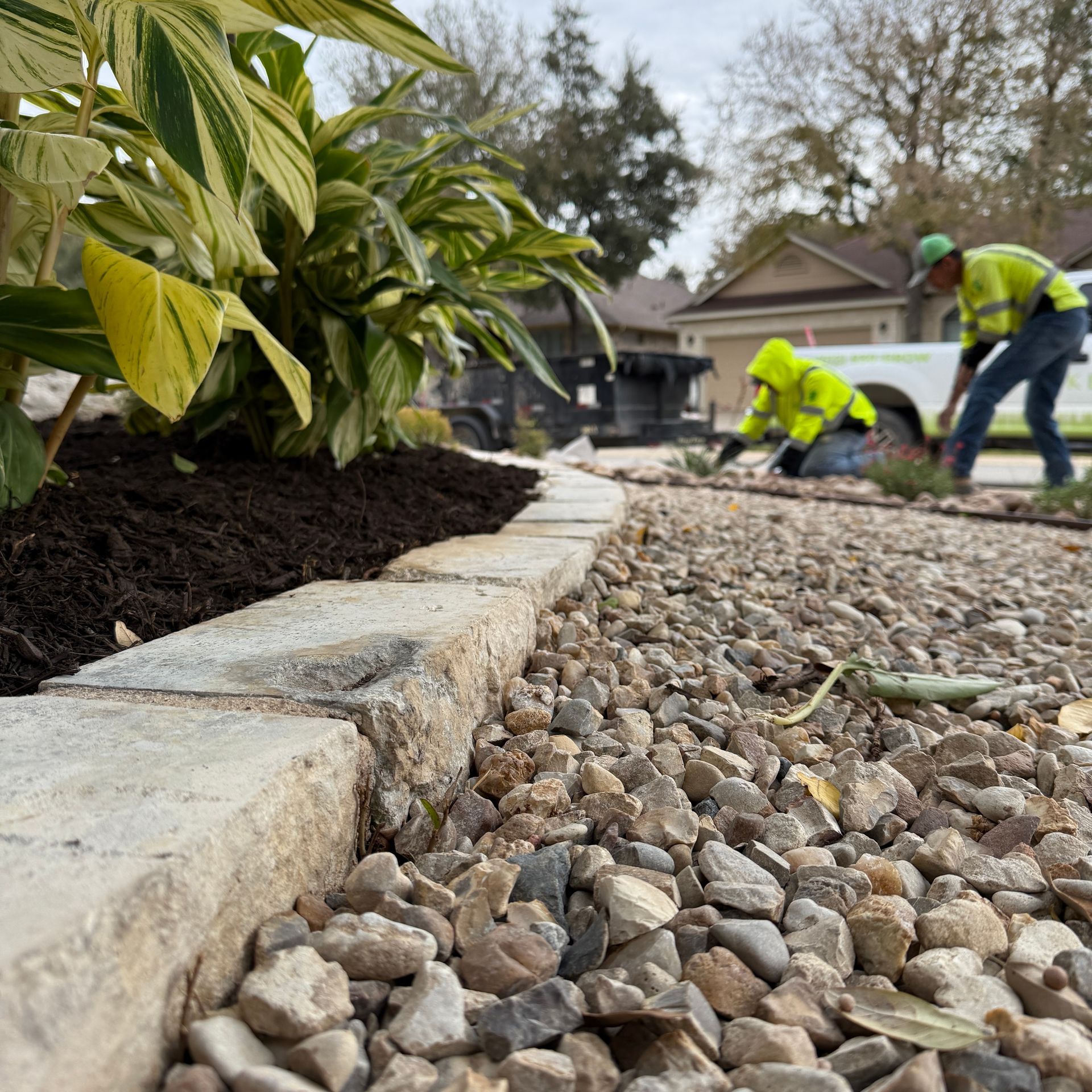


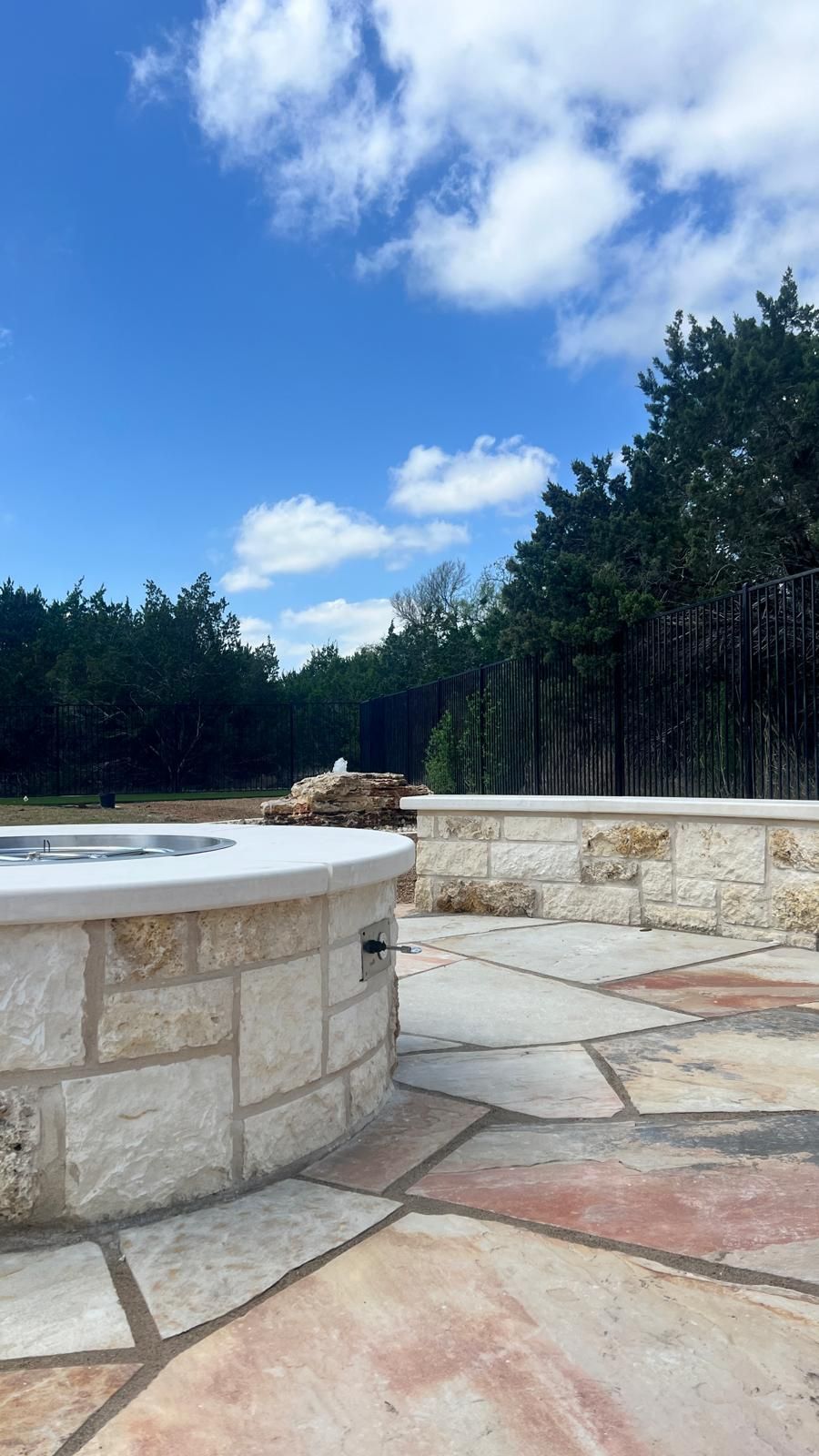
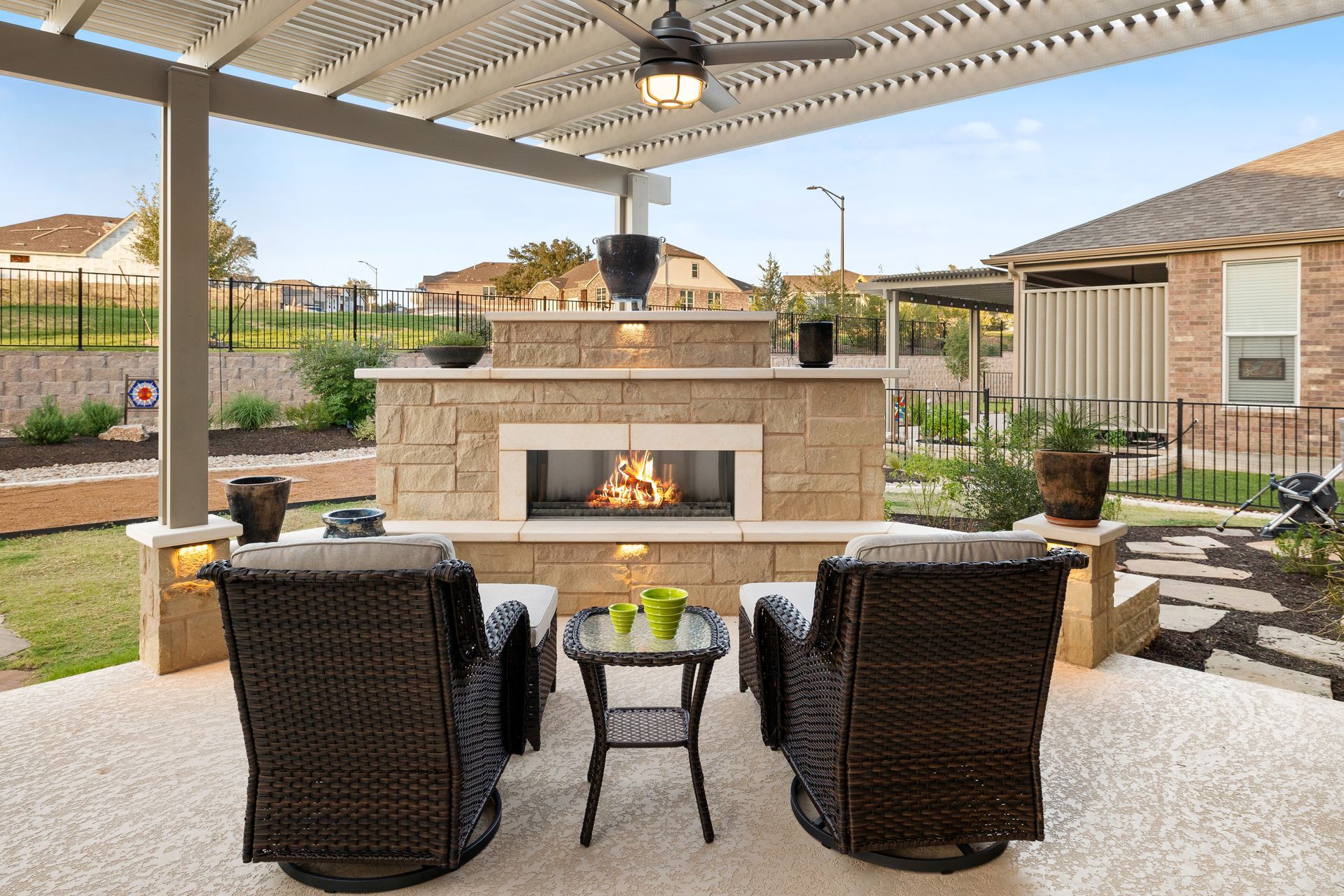
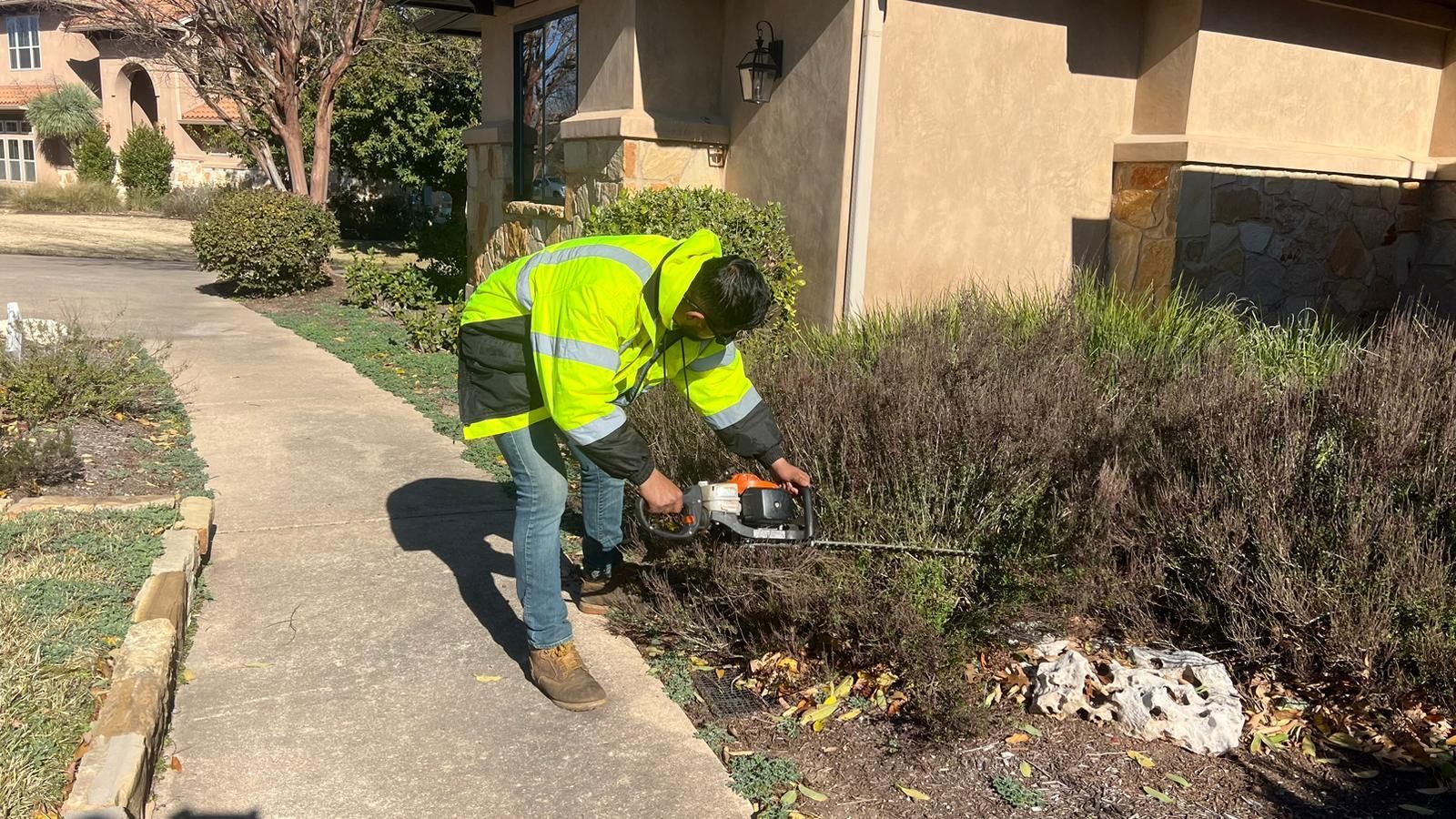
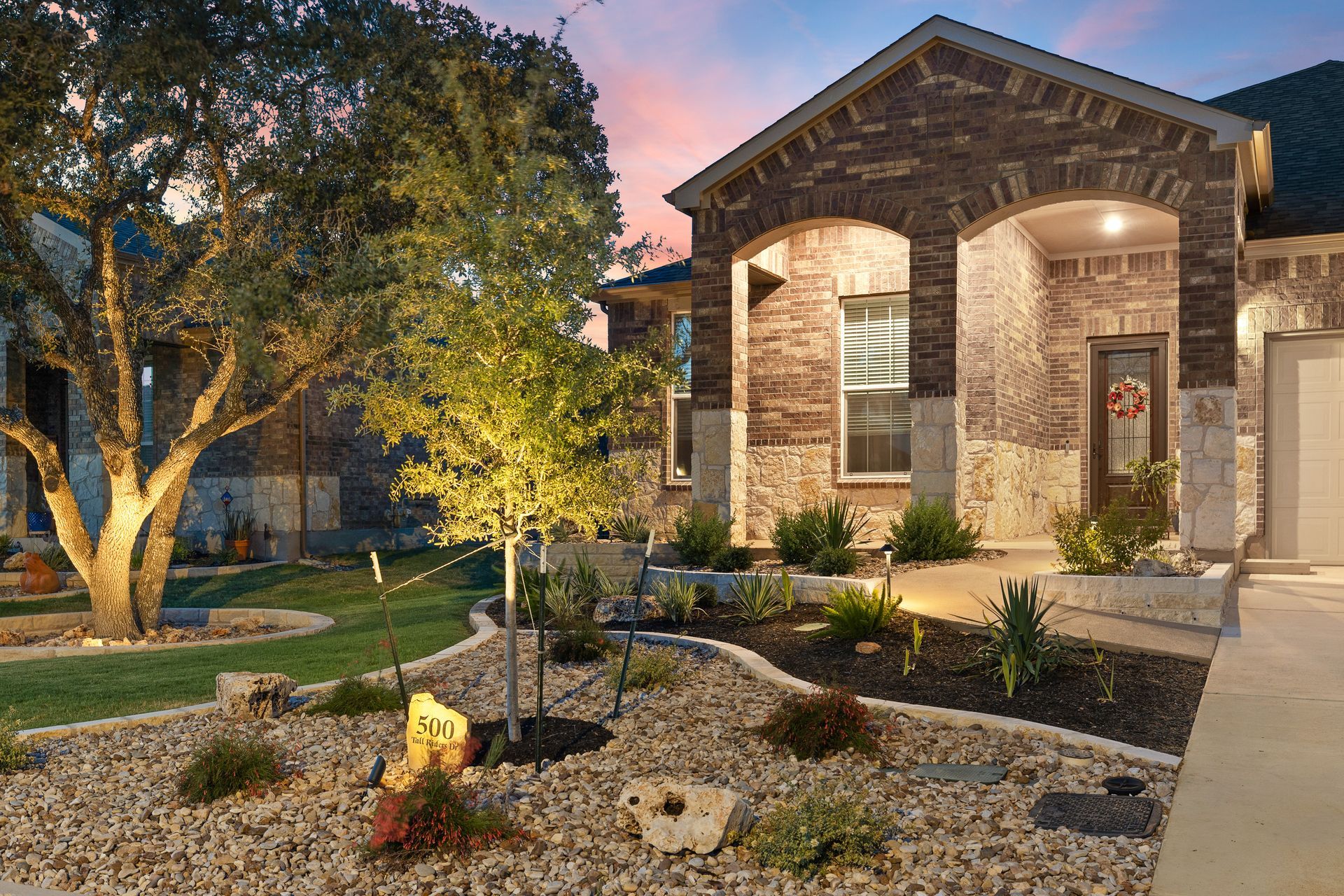
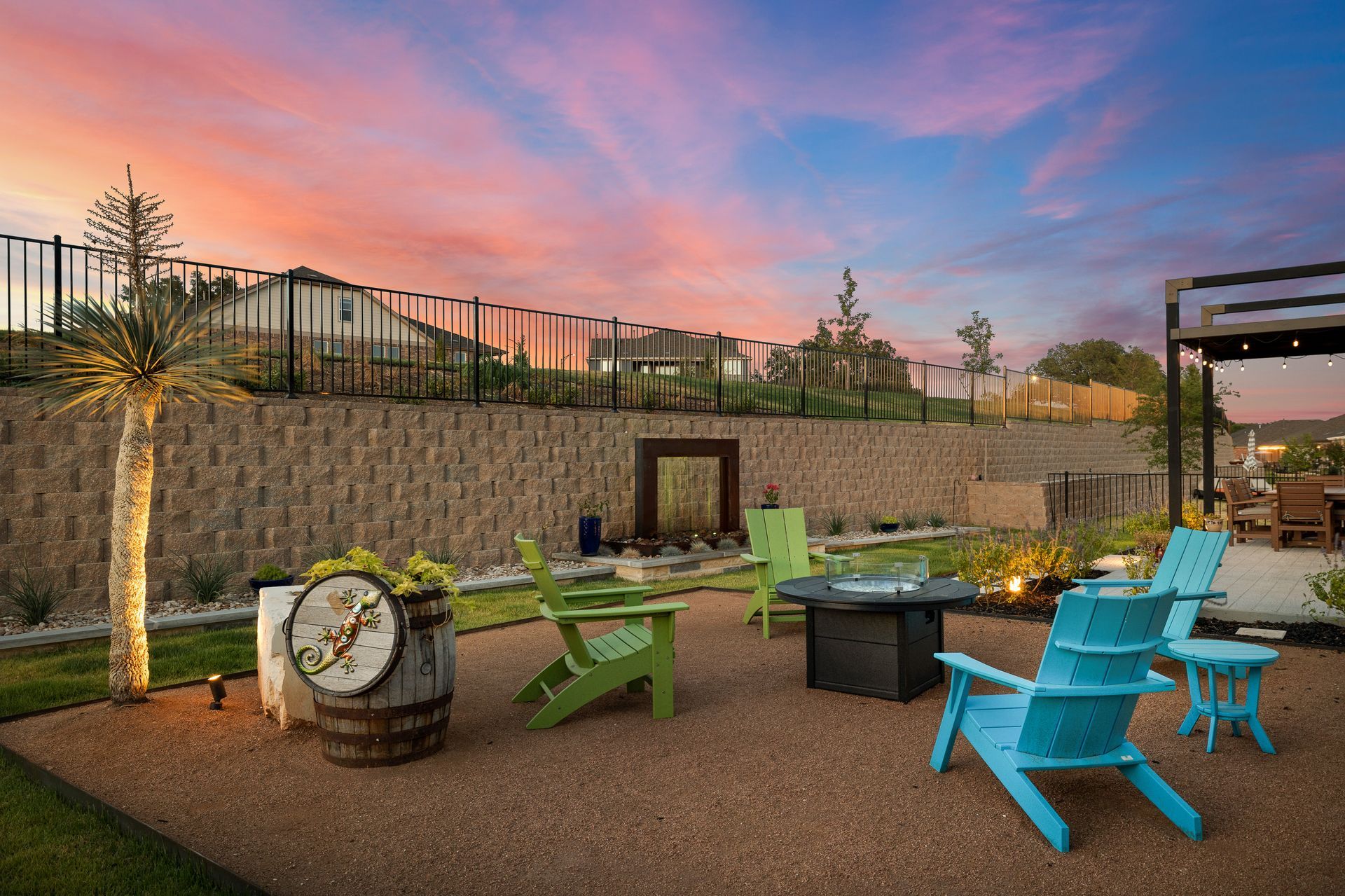
Share On: